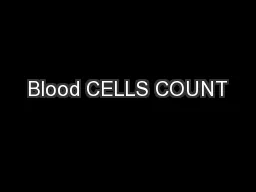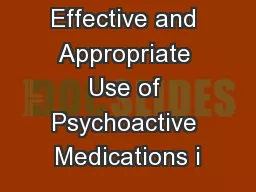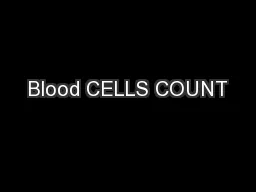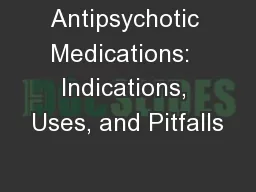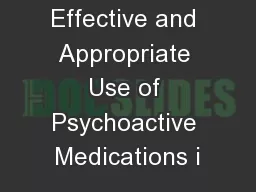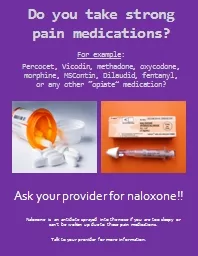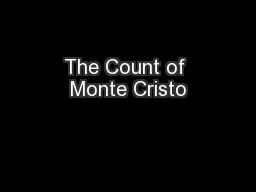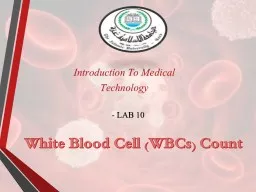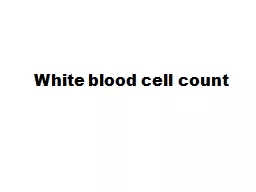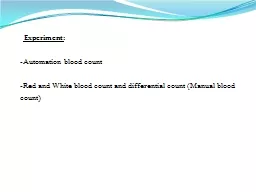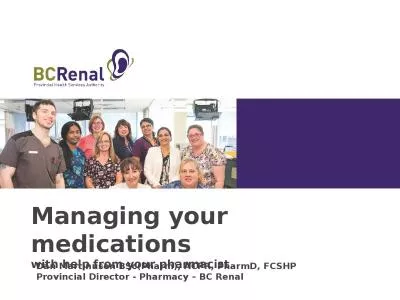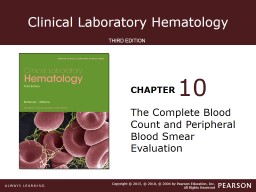PPT-Medications Causing Blood Count Abnormalities
Author : sylvia | Published Date : 2022-02-12
Brooke Bernhardt PharmD MS BCOP BCPPS Objectives Recognize medications that may cause various blood count abnormalities Identify appropriate monitoring approaches
Presentation Embed Code
Download Presentation
Download Presentation The PPT/PDF document "Medications Causing Blood Count Abnormal..." is the property of its rightful owner. Permission is granted to download and print the materials on this website for personal, non-commercial use only, and to display it on your personal computer provided you do not modify the materials and that you retain all copyright notices contained in the materials. By downloading content from our website, you accept the terms of this agreement.
Medications Causing Blood Count Abnormalities: Transcript
Download Rules Of Document
"Medications Causing Blood Count Abnormalities"The content belongs to its owner. You may download and print it for personal use, without modification, and keep all copyright notices. By downloading, you agree to these terms.
Related Documents


